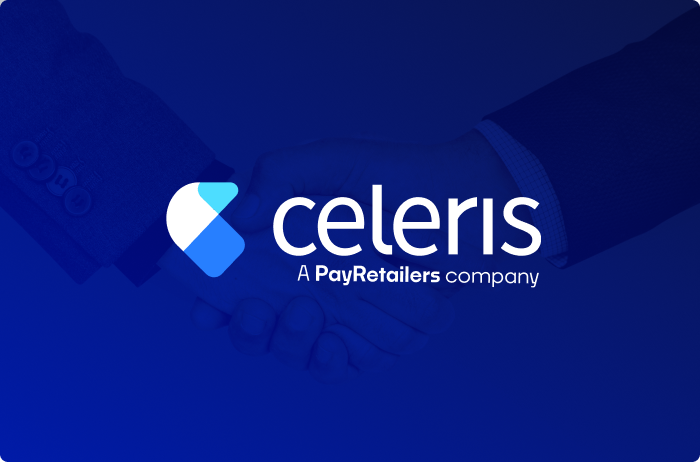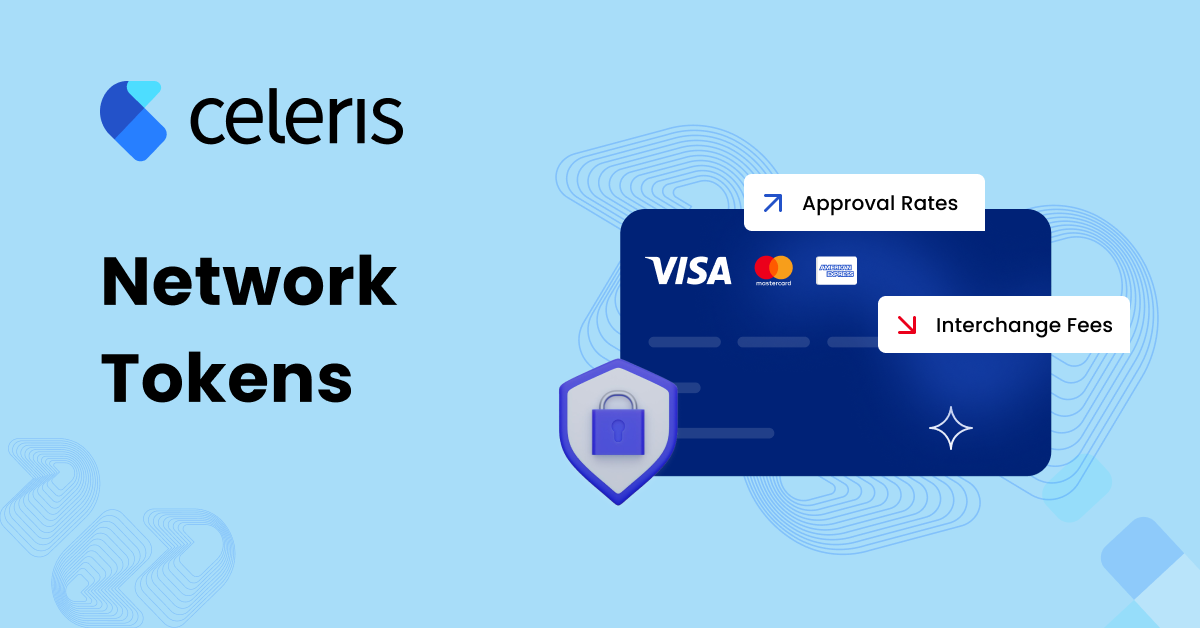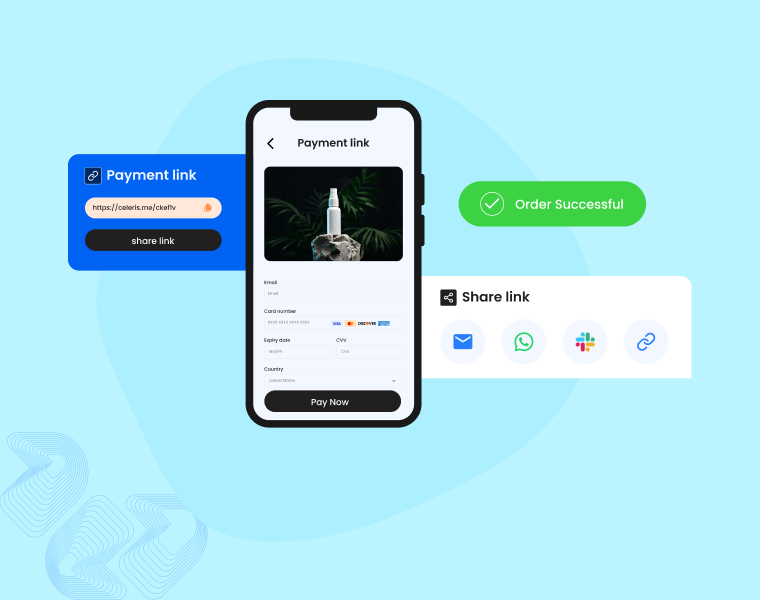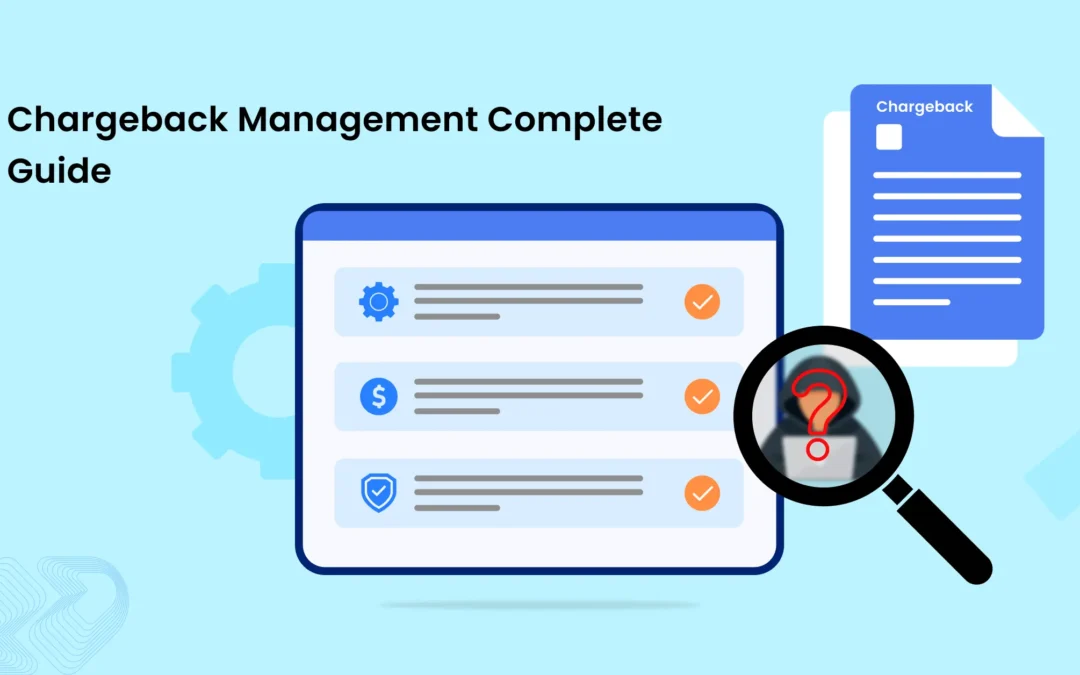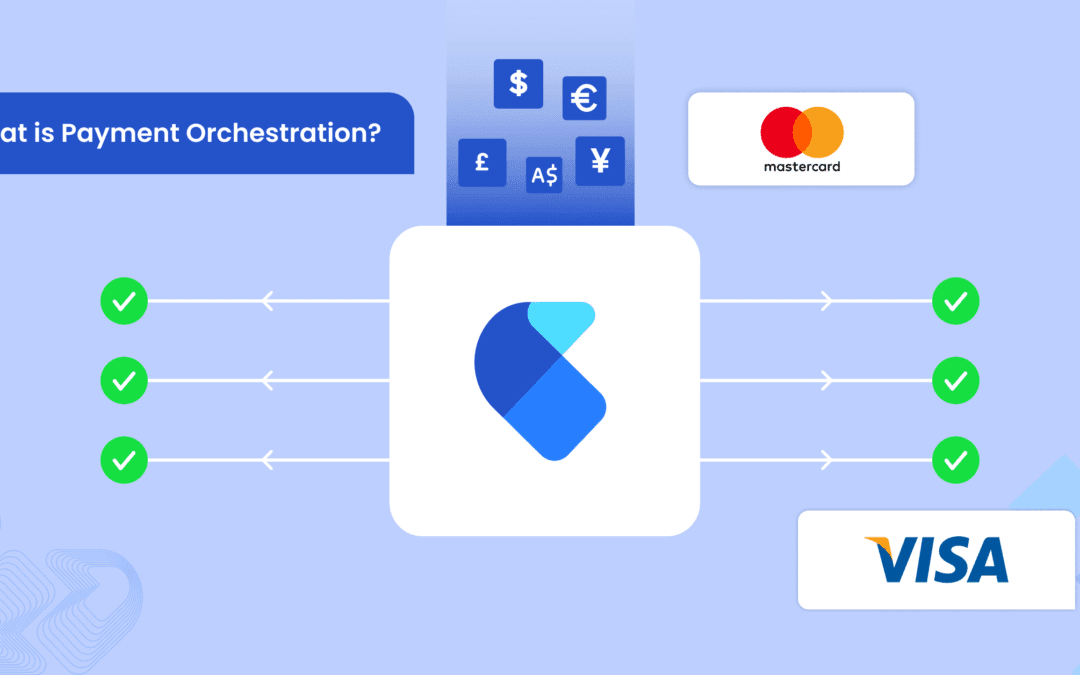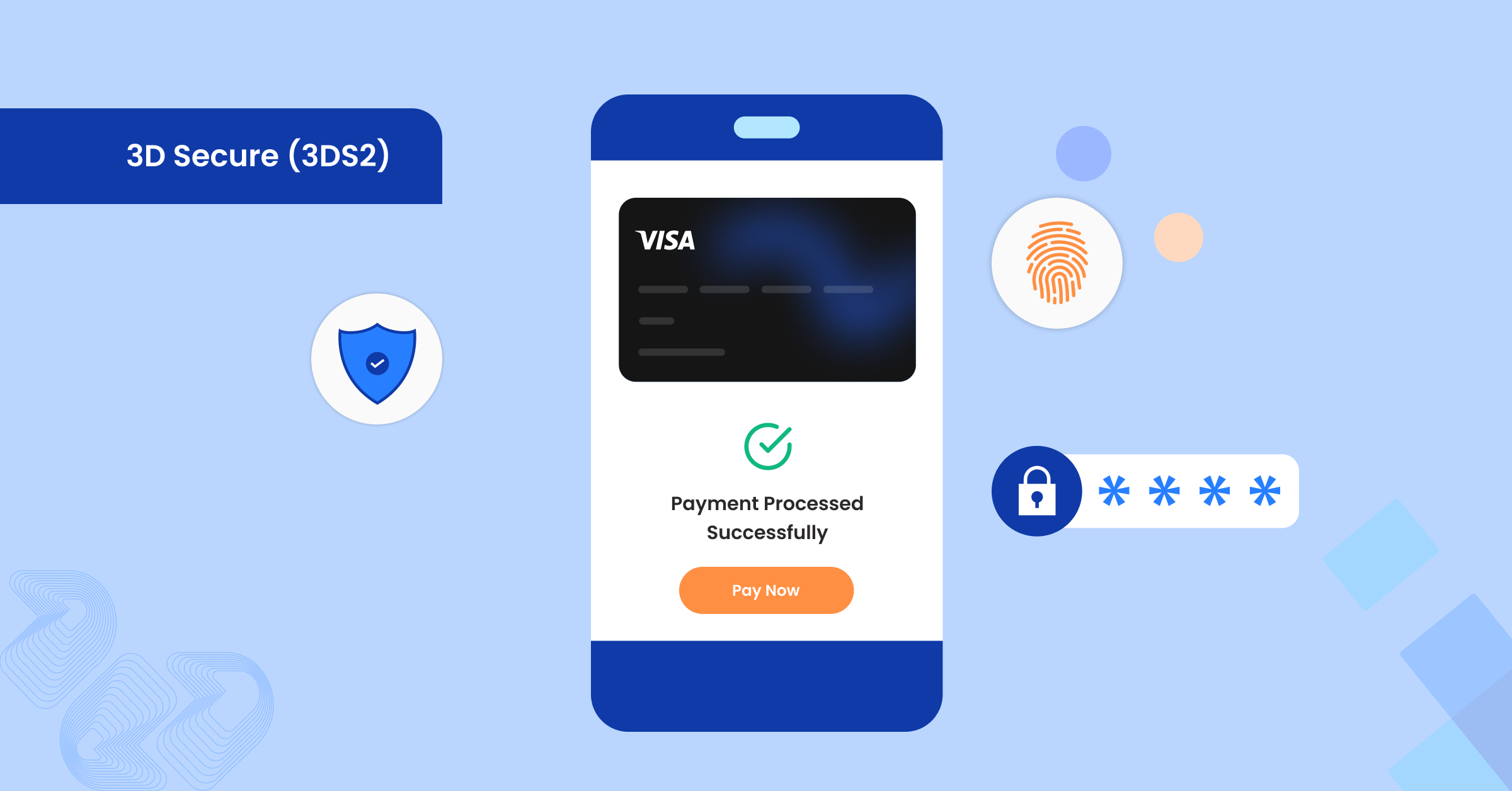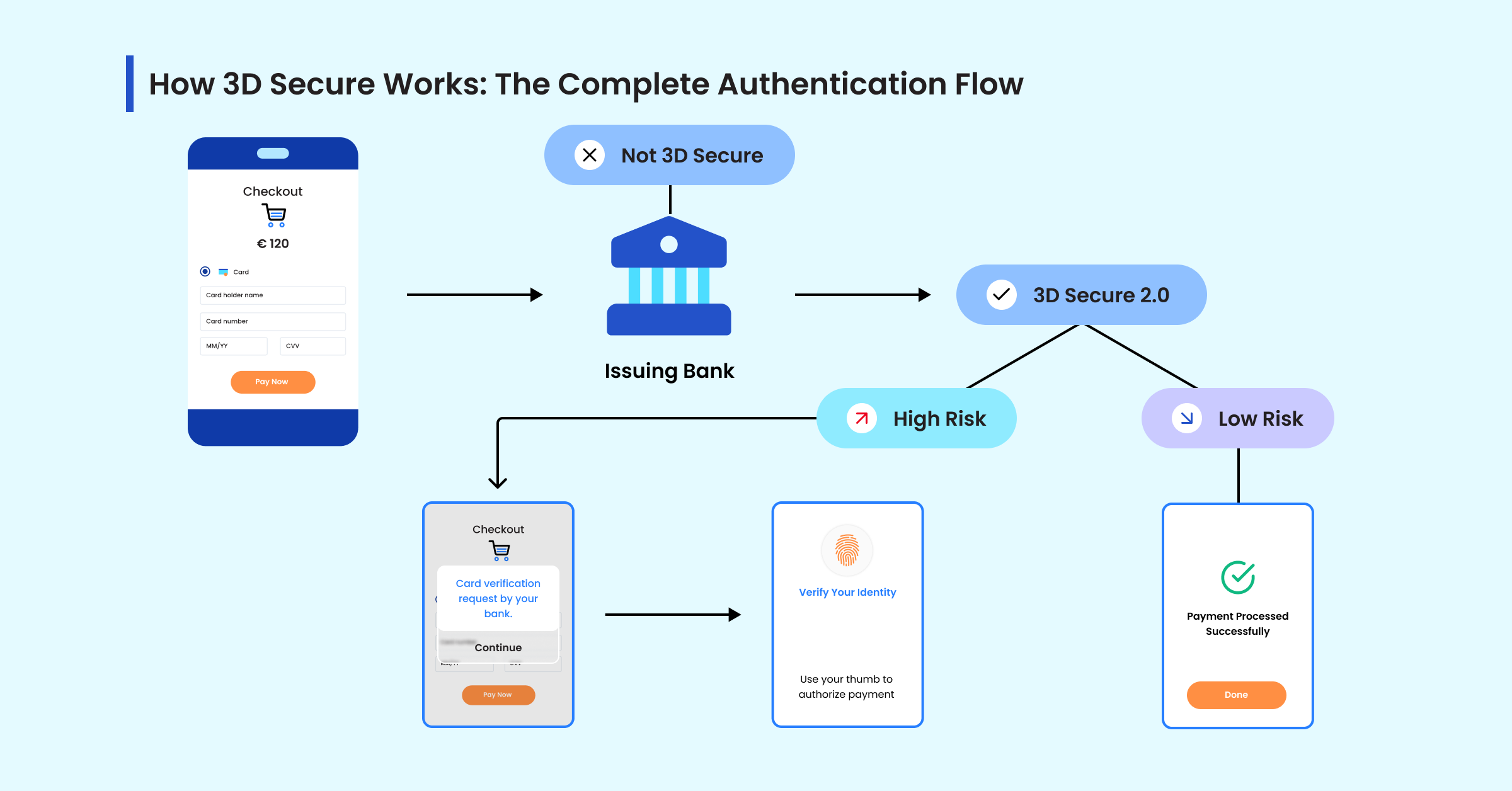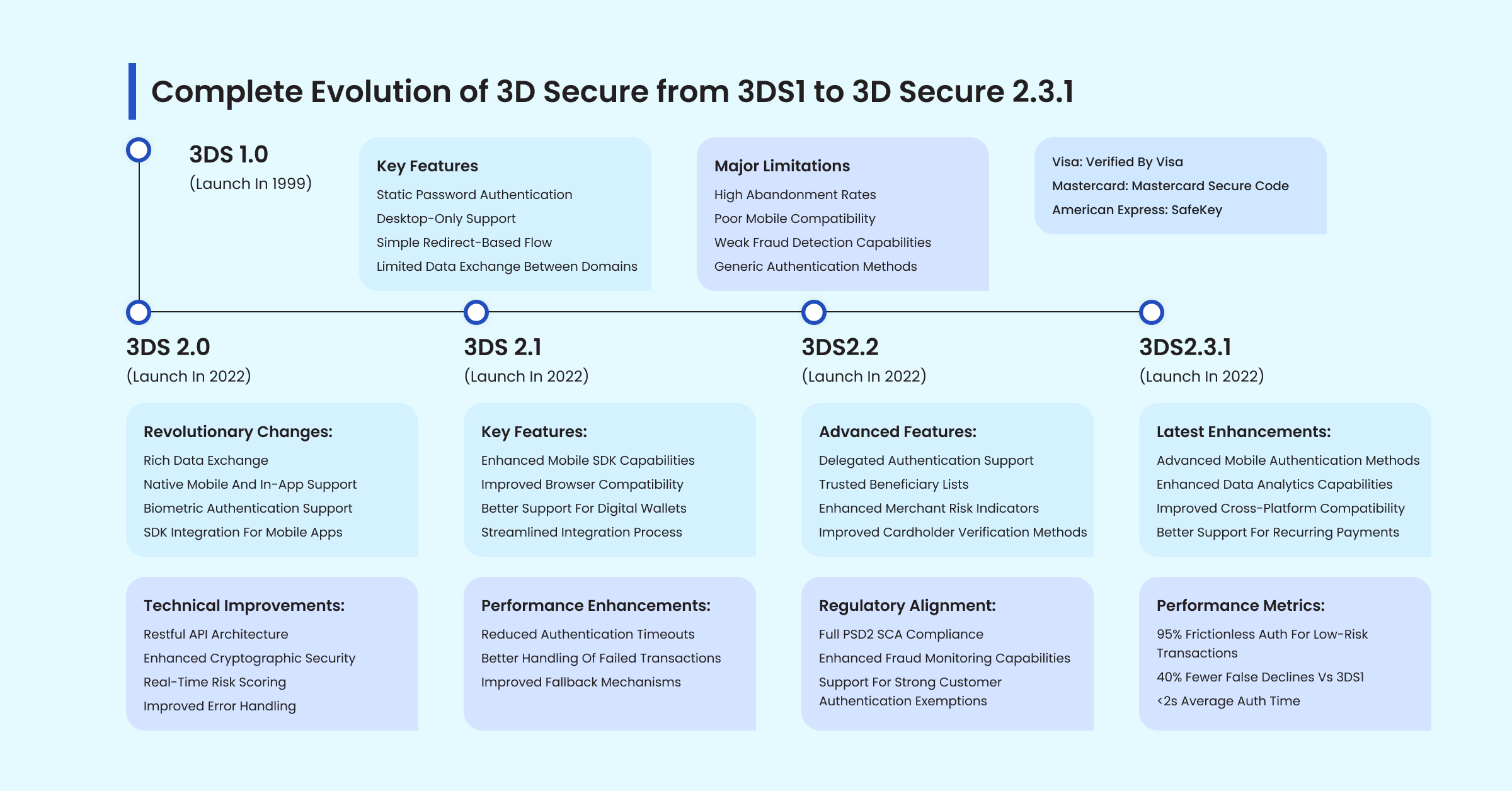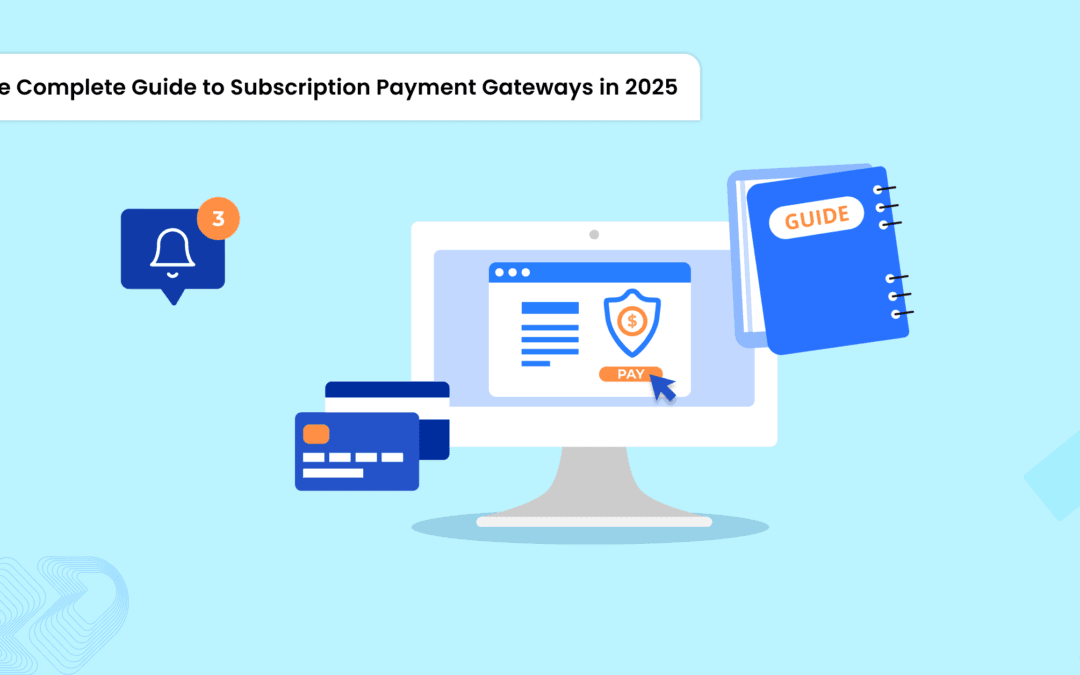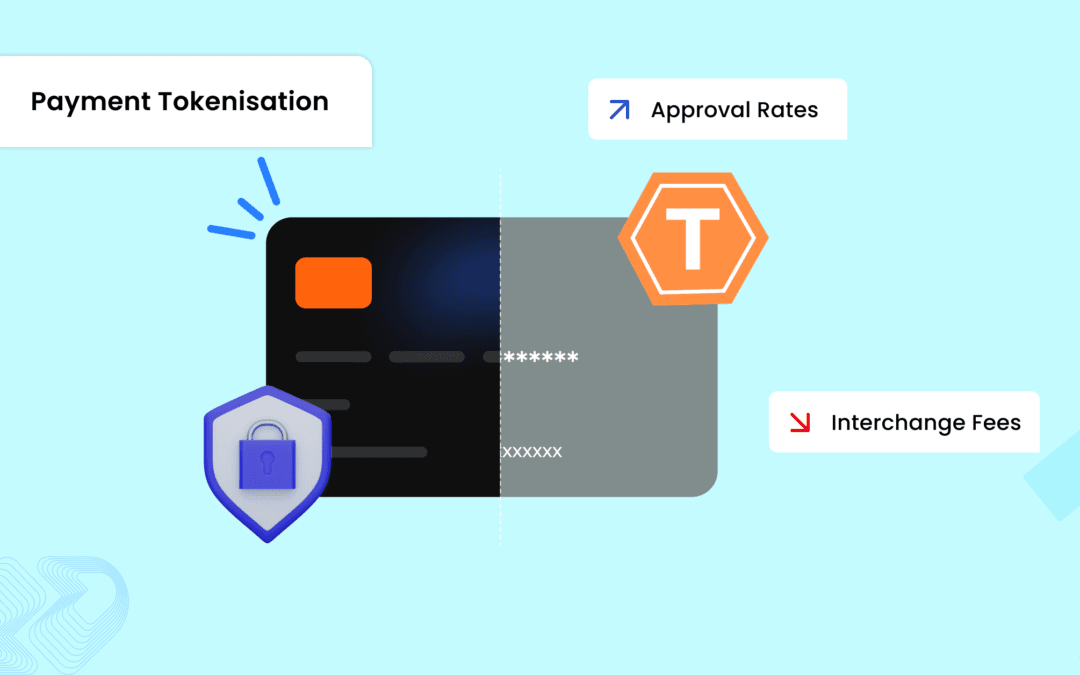Verifi specializes in dispute management, aiding sellers in revenue retention and cost reduction from banks.
Asked
What is 3D Secure (3DS) authentication?
3D Secure is a security protocol designed to add an extra verification step during online card transactions. It helps confirm the cardholder’s identity through their bank, reducing fraud and chargebacks while improving regulatory compliance.
How does 3D Secure work during an online purchase?
What are the key differences between 3DS1 and 3DS2?
Is 3D Secure mandatory for all online payments?
How does 3DS2 help merchants comply with PSD2 and Strong Customer Authentication (SCA)?
What benefits does 3D Secure offer merchants?
Let's Connect
Just a few quick details. Our team will reach out to explore how our platform fits your payment stack and objectives.
Talk with one of our payment experts
Ready to elevate your business to new heights? Schedule a call with our experts to discuss your unique needs and uncover tailored solutions. Don’t let questions linger – seize the opportunity to pave your path to success!
Winner !
Best use of data analytics, MPE 2025
Best Payments Orchestration Solution, MPE 2024
